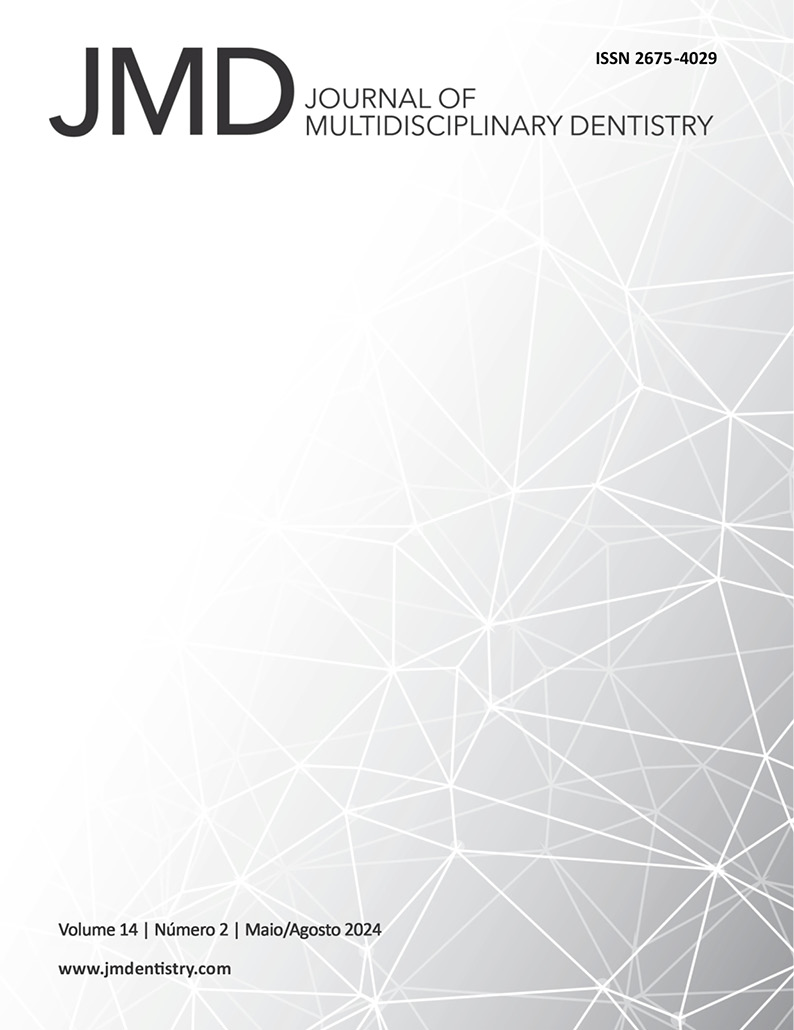Comparison between root resorption in conventional fixed appliances and orthodontic aligners: a literature review
DOI:
https://doi.org/10.46875/jmd.v14i2.1136Keywords:
Orthodontics, Orthodontic appliances, fixed, DentistryAbstract
In recent years, digital devices have become an indispensable tool in all areas, especially in medicine and dentistry. Consequently, there has been a significant increase in demand for treatments with aesthetic aligners, especially among adult patients seeking a more aesthetic alternative to conventional fixed braces, as well as ease of hygiene and greater comfort. Due to the increased use of aligners, there is also concern regarding their adverse effects, such as root resorption. Generally, the severity of root resorption is associated with individual susceptibility, dental anatomy, and the type of orthodontic movement. The aim of this study is to conduct a literature review on the history of aesthetic aligners, their advantages, and to correlate the rate of root resorption of aesthetic aligners compared to conventional fixed braces. We can conclude that resorption does not depend on a single specific factor, with several etiological agents contributing to the development of this type of complication, and it may be present in all types of orthodontic appliances currently used. It is worth noting that the orthodontist should always be vigilant, regardless of the technique used, and preferably perform radiographic monitoring during treatment, not only at the end of it, in order to diagnose this type of alteration early.


